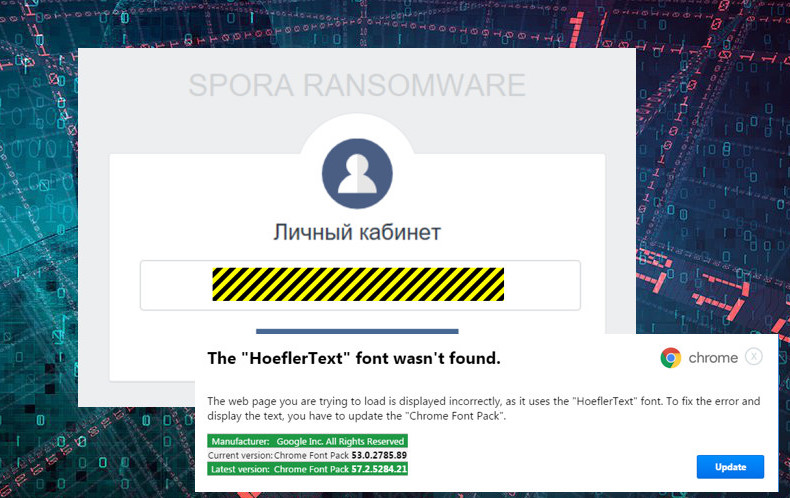
2017 started just like any other month – with the announcements of security experts reporting about newly-discovered ransomware viruses. However, none of them was as active as Cerber and its illegal decrypter known as Cerber Decryptor. Victims who are dealing with this ransomware are highly recommended NOT paying for this tool, no matter that is stated by its developers to be the only program capable of decrypting encrypted files. Keep in mind that it belongs to hackers who are seeking the only aim – the money. They can not only take your money for nothing and say “goodbye” to you but can also install malware in a bundle with their decryptor. Fortunately, infected users have already got a chance to use a free decrypter released by security experts from Check Point. The biggest chances of getting infected with this malware is for residents of these countries: US, Romania, UK, Italy, Germany, and China.
Nevertheless, no matter how active Cerber ransomware seems to be, we cannot guarantee that you won’t be scared of another ransomware in the nearest future. During the first month of 2017, hackers presented a generous amount of ransomware threats. Not all of them are equal – the most “promising” ones are considered Spora, Sage 2.0 and Satan. Spora seems to be the most sophisticated one as it has been spread not only with the help of spam which is considered a typical distribution method of ransomware viruses. According to the latest researches, it can now be delivered to your computer as a “Chrome Font Pack” which is offered after infecting legitimate websites with malicious JavaScript. After being infected, these websites are set to show a malicious “HoeflerText font wasn’t found” alert on victim’s desktop. Please, do NIT click it!
